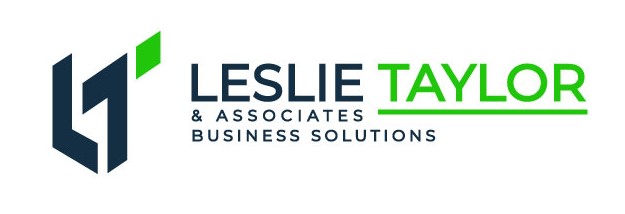Has your business ever had a shortage of cash? You are not alone. According to a 2019 study done by Intuit, 60% of small business owners say cash flow has been a problem in their businesses. In this post-pandemic period we are in, I would not be surprised if that number were higher.
While there are some things about cash flow you can’t control, there is one area where you do have control.
What is AR?
AR refers to accounts receivable, which is the money that is owed to your business. You performed a service, or provided a product and allowed the purchaser to pay you over some pre-determined period of time. Similarly, accounts payable, AP, is the money you owe to another business after receiving products or services from that business.
AR can be anything from a sale to a customer on store credit, an in-house charge account, or a subscription/installment payment. The challenge with AR is that while it is convenient for the buyer, and may increase your chances of making the actual sale, AR is money you don’t yet have. This means it has a negative effect on your bank account and your cash flow.
Here are some ways to better manage AR and make sure you’re staying on top of these payments.
Utilize electronic invoices and payments
When it comes to sending invoices and receiving payments, many people prefer the option to complete these tasks online. For starters, by sending invoices directly to a recipient’s email address, you can easily alert them when a payment is due. Many times, paper invoices can get lost in the mail, misfiled, or simply lost altogether.
To be honest, many small businesses are not the most organized in this area, so anything that can be done to help streamline the process for them makes you easier to do business with. As well, most people are more accustomed to sending payment online with just a few clicks as opposed to writing out a check and mailing it.
Offering online payments saves time on both ends. Investing in the software to allow this option for your business will certainly save you time and money.
Implement automatic payments
Automatic payments are another great way to ensure you’re getting your money on time and in the full amount. This is especially beneficial for both parties in the case that there are monthly fees for recurring services.
Many times, things just slip through the cracks. Often times, it’s not a matter of not being able to pay – it’s a matter of forgetting to pay. Allowing customers to set up automatic payments is a great way to make the process easier for everyone involved.
Offer incentives/rewards
Charge a lower rate for those who pay sooner versus later. Though what this looks like varies by industry, we have all seen where there is one price if paid upfront in full, and another rate that is 5-20% higher if paid over time. Many businesses offer percentages or dollar amounts off the balance owed to customers who pay back the full amount within a certain period of time. This can also be done using a single-use coupon, a bonus incentive, or a discounted good/service.
Offer incentives/rewards
I suggest all my clients request at least a partial payment before starting work. Most of my clients are service providers and oftentimes there are upfront costs involved in order to provide the service. One of my favorite athleisure wear companies is a small business that makes the clothing after you order it. They let you know up front that because of their make to order process delivery will take around 14 days. This is a great model to maintain control of cash flow. If you can’t get full payment upfront, at least get a deposit to keep the cash flowing so you can keep the company going.
Need guidance? I’m here to help. As a business solutions expert, I have helped dozens of businesses untangle complex issues and clarify a path to greater profitability.
Check out my free guide The 5 Missteps That Limit Your Business’s Profitability (and what you can do to fix them) to unblock common barriers to profitability that I observe among everyday businesses like yours.

